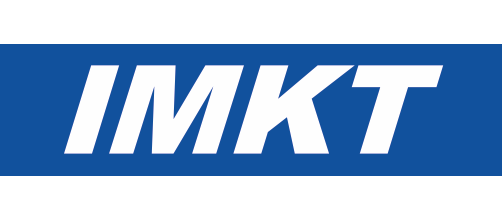Production-related surface and subsurface properties and fatigue life of hybrid roller bearing components
- verfasst von
- Bernd Breidenstein, Berend Denkena, Alexander Krödel, Vannila Prasanthan, Gerhard Poll, Florian Pape, Timm Coors
- Abstract
By combining different materials, for example, high-strength steel and unalloyed structural steel, hybrid components with specifically adapted properties to a certain application can be realized. The mechanical processing, required for production, influences the subsurface properties, which have a deep impact on the lifespan of solid components. However, the influence of machining-induced subsurface properties on the operating behavior of hybrid components with a material transition in axial direction has not been investigated. Therefore, friction-welded hybrid shafts were machined with different process parameters for hard-turning and subsequent deep rolling. After machining, subsurface properties such as residual stresses, microstructures, and hardness of the machined components were analyzed. Significant influencing parameters on surface and subsurface properties identified in analogy experiments are the cutting-edge microgeometry, S, and the feed, f, during turning. The deep-rolling overlap, u, hardly changes the residual stress depth profile, but it influences the surface roughness strongly. Experimental tests to determine fatigue life under combined rolling and rotating bending stress were carried out. Residual stresses of up to −1000 MPa, at a depth of 200 µm, increased the durability regarding rolling-contact fatigue by 22%, compared to the hard-turned samples. The material transition was not critical for failure.
- Organisationseinheit(en)
-
Institut für Fertigungstechnik und Werkzeugmaschinen
Institut für Maschinenkonstruktion und Tribologie
- Typ
- Artikel
- Journal
- Metals
- Band
- 10
- Seiten
- 1-17
- Anzahl der Seiten
- 17
- ISSN
- 2075-4701
- Publikationsdatum
- 07.10.2020
- Publikationsstatus
- Veröffentlicht
- Peer-reviewed
- Ja
- ASJC Scopus Sachgebiete
- Werkstoffwissenschaften (insg.)
- Elektronische Version(en)
-
https://doi.org/10.3390/met10101339 (Zugang:
Offen)


